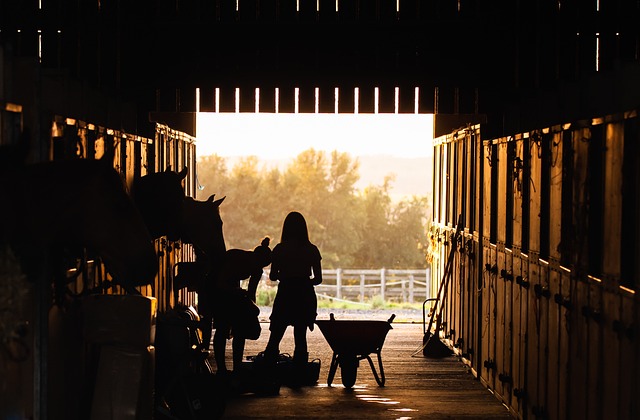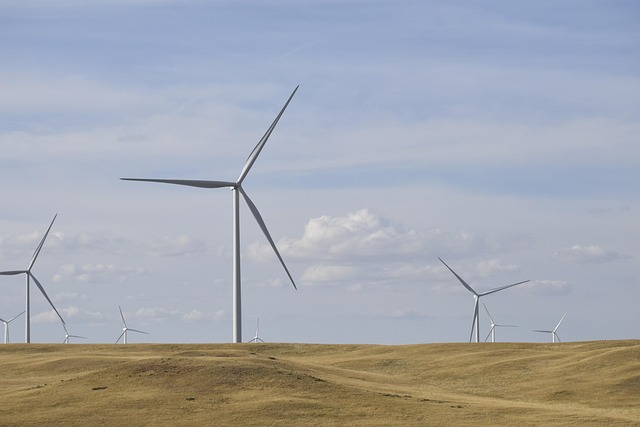Crafting Stability: The Art and Design of Architectural Stability
In the realm of architecture, the concept of stability transcends mere structural integrity; it embodies a profound connection between art and design. Stability is more than a technical requirement; it is a feeling that resonates deeply with our experiences of space. A stable structure evokes a sense of security, permanence, and tranquility, allowing us to appreciate the beauty of our surroundings while grounding us in the present moment.
At its core, architectural stability is a balance between form and function. The artist-architect must deftly navigate this dichotomy, creating spaces that are not only aesthetically pleasing but also rigorously sound. Think of a grand cathedral, where soaring arches and intricate stained glass invite awe and contemplation. The very design of such spaces fosters a sense of enlightenment, as the mind rests in the knowledge that these towering walls are crafted for enduring strength amidst the challenges of time and nature.
Innovative designs in modern architecture reflect a harmonious relationship between stability and creativity. Consider the pioneering work of architects like Zaha Hadid and Bjarke Ingels, whose structures seem to defy gravity while remaining firmly rooted to the ground. These pieces of art challenge traditional notions of stability, inviting us to reimagine how we engage with the built environment. Each angle, curve, and texture contributes not only to the visual landscape but also to an overarching sensation of being anchored within a world that is ever-changing.
The choices made in materials—be it the resilient strength of steel or the warm embrace of timber—affect our emotional response to stability. The tactile nature of these materials builds a sensory relationship between occupants and their environments. This relationship is crucial; it enhances our ability to feel safe and connected to our surroundings. Uniquely designed structures can create a sense of enchantment, where the beauty of the space inspires creativity and reflection, drawn from the stability that lies in its careful construction.
Moreover, architectural stability can extend to the broader context of community design. When neighborhoods embody stable patterns of living and interaction, they cultivate environments where people can thrive. Each well-planned public space, filled with greenery and dynamic gathering areas, serves to encourage social cohesion and a collective identity, further intertwining the concepts of art and stability in design.
As we explore the interplay of art, design, and stability, we are reminded that architecture is more than just buildings—it is an expression of our values, aspirations, and desires. Each stable structure tells a story, anchoring us in our shared humanity. In this quest for stability, architects become storytellers, weaving narratives that invite us to reflect, engage, and ultimately, find our place within the tapestry of life.




